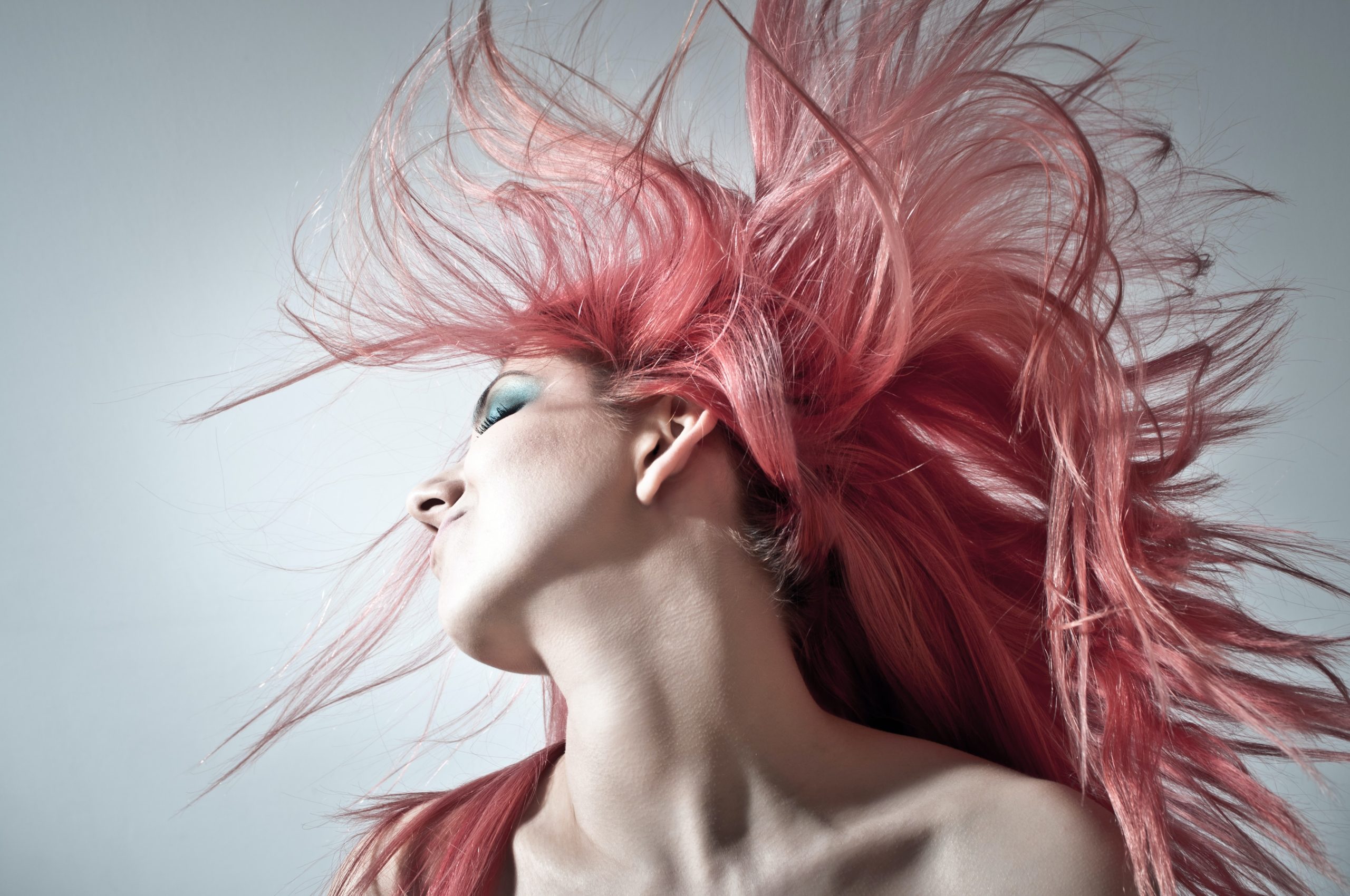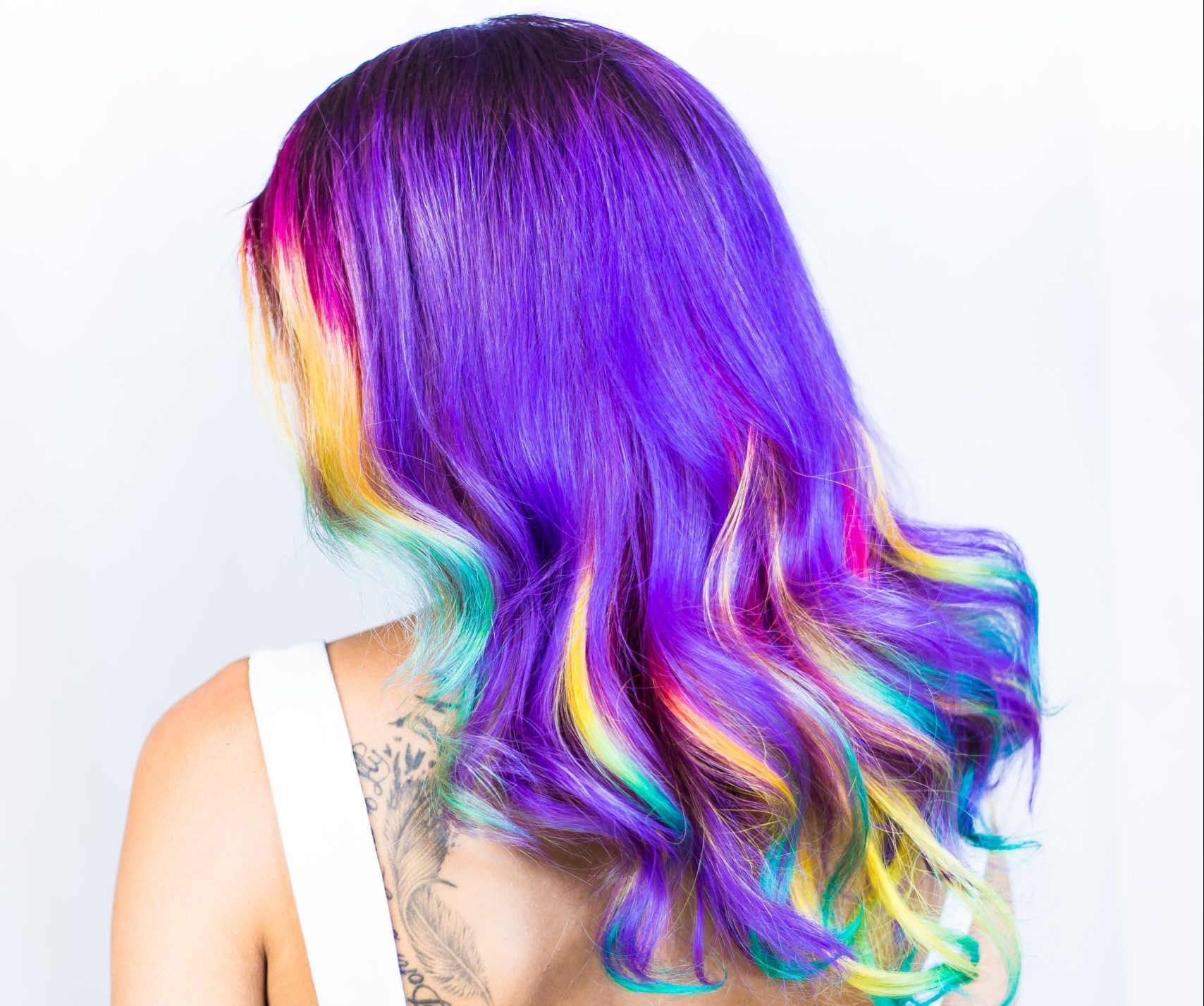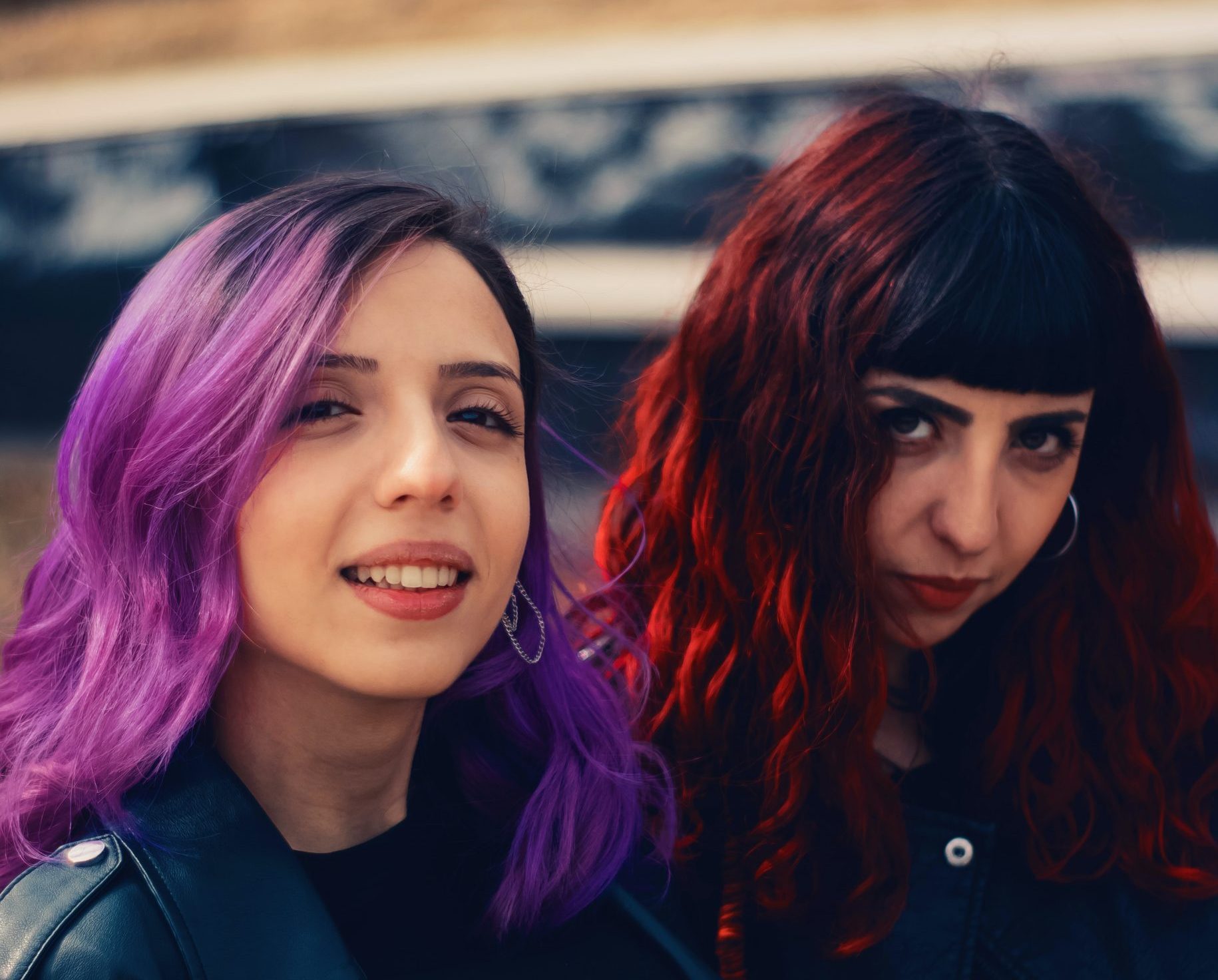If the hair business held an annual scientific fair, color-changing hair dye would be the grand prize winner this year. This incredible hair color trend has swept over our social feeds and has left us all gaping. You can finally toss your mood rings aside and wear your heart on your strands with color-changing hair dye, which changes hues when exposed to heat.
GET TO KNOW THE EXPERT
- Richy Kandasamy is a colorist and part of the R+Co Collective.
- Giselle Luza is a New York City hairdresser and the owner of Giselle Luza Studio.
- Michael Canalé is the proprietor of Canalé Salon and a celebrity hairdresser and colorist.
Continue reading to discover more about color-changing hair dye, including how it works, if it’s safe, and our best formulations.
What Exactly Is Color-Change Hair Dye?
“Color-changing hair dyes are a semi-permanent thermochromic hair dye that overlays the outer cuticle of the hair and transforms colors when exposed to a temperature change,” hairdresser Giselle Luza explains. In other words, when subjected to temperature fluctuations, the temporary dye changes hue. Typically keeping in the same broad color family, these dyes allow you to shift between colours such as pink and purple, green and yellow, black and red, or peach and “invisible” with the most minor temperature variations.
This Is How It Works?
Heat is generally used to activate color-changing hair dye. As stylist Michael Canalé explains, this type of hair magic occurs at the molecular level: “Color developers or peroxide activate ammonia products, which open the cuticle layer of the hair shaft and remove color pigment. As the ammonia dissipates, the color from the desired hair color is re-deposited.
The higher the peroxide or developer content, the more lift the product has to extract the pigment in a smaller volume, thereby opening the cuticle and depositing color.”
Reversible bonds exist in the carbon-based color compounds. These bonds are more stable at specific temperatures, so when the temperature rises, falls, or shifts in any manner, a reaction happens, causing the bond to revert between two distinct hues. It is not always necessary to use a direct blow-dry or hot tool application. It might be as mild as a breeze, being outside in the sun, or brushing your fingers through your hair!
Is it good for your hair?
According to Luza, this new trend is completely safe for practically all hair kinds and textures, although it will be most effective for pre-lightened hair and those without skin or scalp issues. “Color-changing dyes are harmless for the hair, but they should be avoided if the scalp has abrasions or sores, if the skin is sensitive to the product, or if the hair is overprocessed.”
If you have bleached, highlighted, or naturally filthy blonde hair, the pigments in these temporary colors will not be absorbed by your hair. If you have naturally darker hair, like with other temporary dyes in unnatural colours, you’ll need to bleach or highly highlight it to see a more vibrant and hopeful effect from a product like this.
However, as colorist Richy Kandasamy says, many colors have the potential to harm your hair (especially if done poorly). If they do, don’t try to solve the problem yourself, especially if there is breakage. “The best thing to do if you have hair breaking is to see a professional hairdresser,” adds Kandasamy.
“If you have long hair, I recommend getting a haircut to remove the damaged ends. Also, because the hair is highly delicate or excessively processed in these cases, the less you touch it, the better. Never attempt to repair it yourself since you may end up causing additional damage.”
Extensions are another fantastic alternative for those of us with darker strands (or even those of you who are still hesitant to apply this straight to your hard earned highlights).
Blonde extension pieces, which can be simply colored by yourself or a colorist, will help you get the most out of these color-changing dyes. Clip them into the correct areas for some interesting flashes of this color-changing chemistry without overprocessing your mane.
Color-Changing Hair Dye Application at Home
According to Canalé, applying the color is rather simple. He recommends sectioning the hair and fastening each segment with a hair clip. Then simply follow the instructions on the packaging. “To protect the skin from discoloration, I would apply Vaseline around the hairline.
Unwrap one piece of hair and apply the color to the root, working your way to the ends of the hair shafts. Repeat for each section until done. Finally, follow the product’s guidelines for how long to keep it in the hair.”
Here’s a step-by-step procedure:
Start with dry hair. To avoid accumulation serving as a barrier to your strands, keep your hair clean.
Dip the sponge applicator that came with your product into the color and paint straight onto your strands. Some hues may need to be pressed into a bowl, while others may arrive in their own pot.
To spread the substance evenly, use a fine-tooth comb.
Blow-dry the product in and watch the color set and change. These colors may feel slightly sticky or tacky, and you will need to fully blow-dry your hair. Using a brush to dry may assist remove all of the sticky, gel-like texture from the strands.
How to Change the Color
There are several methods for bringing out the color that your dye is supposed to convert to. Using a blow-dryer on the cold or hot setting allows you to easily alter the color choices. Applying an ice pack, or anything cold, to the strands will also result in an instantaneous color change.
To create a two-toned, dimensional appearance with these colors, use a curling, wave, or crimping iron beginning at the eye line. If you want to style your hair with hot tools while wearing this color, I recommend adding a heat protectant (and always).
It’s vital to realize that natural factors and other temperature changes outside of your control will also cause the hue to change. You may have hot pink hair outside during your lunch break, but it will become purple when you enter your air-conditioned workplace. These colours cause your hair to be exceedingly temperamental.


